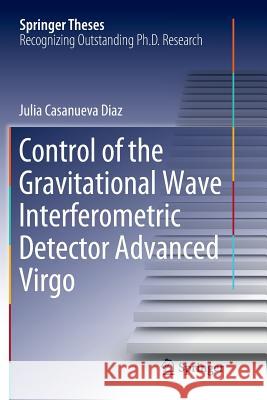Control of the Gravitational Wave Interferometric Detector Advanced Virgo » książka
topmenu
Control of the Gravitational Wave Interferometric Detector Advanced Virgo
ISBN-13: 9783030071301 / Angielski / Miękka / 2019 / 202 str.
Kategorie BISAC:
Wydawca:
Springer
Seria wydawnicza:
Język:
Angielski
ISBN-13:
9783030071301
Rok wydania:
2019
Wydanie:
Softcover Repri
Numer serii:
000416125
Ilość stron:
202
Waga:
0.32 kg
Wymiary:
23.39 x 15.6 x 1.19
Oprawa:
Miękka
Wolumenów:
01
Dodatkowe informacje:
Wydanie ilustrowane











